场馆:Fuzhou Seaview Fliport Resort
快速投稿:
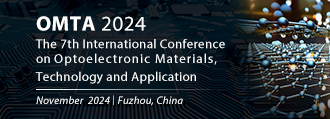
 活动说明
活动说明 Yasuhiko Arakawa, The University of Tokyo, Japan Prof. Yasuhiko Arakawa is a Specially-Appointed Professor and Director of Quantum Innovation Co-Creation Center, the Institute of Nano Quantum Information Electronics at the University of Tokyo. He received his PhD from the University of Tokyo in 1980 and immediately appointed as an Assistant Professor of the University of Tokyo. Then, he was promoted to Associate Professor in 1981 and became a full Professor in 1993. He was a Visiting Researcher at the California Institute of Technology from 1984 to 1986 and a Visiting Professor at the Technical University of Munich in 2010. He has authored 820 scientific journal papers and has given 530 invited presentations (incl. 92 plenary/keynote presentations) at international conferences. He received numerous awards, including IBM Science Awrad (1991), Leo Esaki Award (2004), IEEE/LEOS William Streifer Award (2004), Fujiwara Award, Prime Minister Award (2007), IEEE David Sarnoff Award, the Medal with Purple Ribbon (2009), C&C Prize (2010), Heinrich Welker Award, OSA Nick Holonyak Jr. Award (2011), the Japan Academy Prize (2017), IEEE Junichi Nishizawa Medal (2019), and URSI Balthasar Van der Pol Gold Meda (2023). In 2023, he was honored by the Japanese government as a Person of Cultural Merit. Report Title: Advances in quantum dot photonics: From the dawn to practical applications |
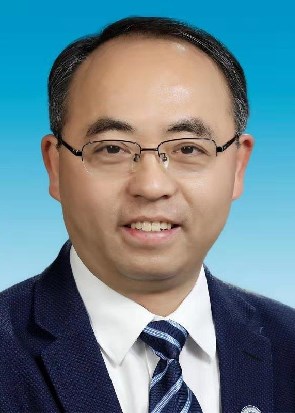 Wenping Hu, Tianjin University, China Prof. Wenping Hu is a Professor of School of Science, Tianjin University. He has been focused on organic semiconductors, crystals and devices for decades. He got his B.S. degree from Hunan University in 1993, M.S. degree from Institute of Metal Research, Chinese Academy of Sciences (IMRCAS) in 1996 and Ph.D degree from Institute of Chemistry, CAS in 1999. Then he joined Osaka University and Stuttgart University as a research fellow of Japan Society for the Promotion of Sciences and Alexander von Humboldt Fellowship, respectively. In 2003 he worked in Nippon Telephone and Telegraph (NTT), and then joined into ICCAS again as a full professor. He served as a Visiting Scholar at Department of Chemistry, Stanford University in 2007, a Visiting Professor at Department of Chemistry, National University of Singapore in 2013. He worked as the dean of School of Science, Tianjin University in 2013 and was promoted to vice president for foreign affairs and science development in 2016. He focuses on organic optoelectronics, has published 4 books (Organic Optoelectronics for Wiley etc.) and ~700 peer reviewed papers with citations over 46,000 times (H index=105). He works as Chief Editor of SmartMat, and EB member of several journals including Adv. Energy Mater., Adv. Electron. Mater., Nano Research, Sci. China Mater., and international advisory board member of Chemistry – An Asian Journal. Report Title: Organic semiconductors and crystals |
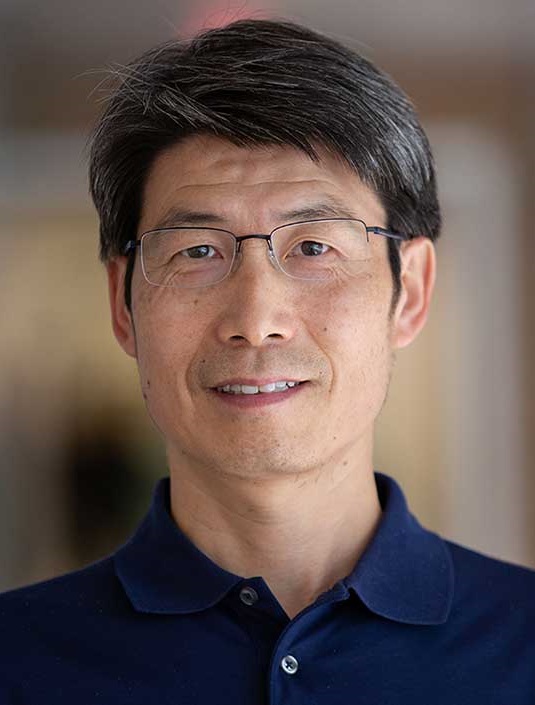 L. Jay Guo, The University of Michigan, USA Prof. L. Jay Guo is a Professor of Electrical and Computer Engineering at the University of Michigan. His lab is involved in interdisciplinary research, with activities ranging from polymer-based photonic devices and sensor applications, flexible transparent conductors, nanophotonics, structural colors and AI assisted design, hybrid photovoltaics and photodetectors, to nanomanufacturing technologies. Prof. Guo has 290 journal publications, with citation ~ 33,000 times, and an H-index of 90 (by google scholar). His professional service includes Associate Editor of Optica (till 2021); and currently member of the Editorial Advisory Board of Advanced Optical Materials, and Opto-electric Science. His entrepreneur activities include co-founding two startup companies to commercialize technologies from his lab. Report Title: AI for Science: What can it do for us in optics? |
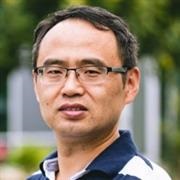 Shujun Zhang, University of Wollongong, Australia Prof. Shujun Zhang is a Distinguished Professor of University of Wollongong, Australia, prior to which, he was a Senior Scientist and Professor of the Pennsylvania State University, USA. He has authored/co-authored over 600 technical papers and is the Clarivate highly cited researchers in Cross field or Materials field since 2021. He has received a number of awards from various societies, including Academician of World Academy of Ceramics (2023), IEEE Fellow of the Ultrasonics, Ferroelectric and Frequency Control Society (UFFC-S, 2021); Fellow of the American Ceramic Society (2019); ARC Future Fellow (2015-2019); winner of the Ross Coffin Purdy Award at the American Ceramic Society (2020); Top researcher in the field of Ceramic Engineering in Australia (2019, 2021-); winner of the NSW Premier’s Prizes for Science & Engineering (2021), the IEEE UFFC-S Ferroelectrics Recognition Award (2021); and Vice-Chancellor’s Research Excellence Award for Researcher of the Year (UOW, 2022). He is the elected IEEE UFFC AdCom member (2016-2018) and Vice President for Ferroelectrics (IEEE UFFC, 2021-2023). He is the Editor-in-Chief for Microstructures, section Editor-in-Chief for Crystals, Associate Editor for the Journal of the American Ceramic Society, IEEE Transactions on UFFC and Science Bulletin. He is now focusing on fabrication-microstructure-property-performance relationship of electronic materials for piezoelectric and energy storage/harvesting applications. Report Title: Relaxor-PT ferroelectric crystals for piezoelectric & electro-optic applications |
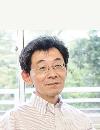 Takashige Omatsu, Chiba University, Japan Prof. Takashige Omatsu is a professor at Chiba University, Japan, and he established and manages the Molecular Chirality Research Center at Chiba University. He has served as the Founding Editor-in-Chief (EiC) of Optics Continuum, and he is also currently serving as EiC of the Journal of Nanophotonics. He is contributing to the CLEO-PR as a steering committee chair. He hosted CLEO-PR 2022 (Sapporo, Japan) as the general conference chair. He is also acting as the chair of the Optical Manipulation Conference (OMC). He has been continuously leading to the optics and photonics community on the global stage (OSA Director At Large (2015-2017), JSAP Photonics Division Director (2017-2019), JSAP Director (2019-2021)). He has published 199 papers and has delivered 150+ invited talks. He has been awarded numerous awards, including Prize for Science and Technology, MEXT. He was elected as a JSAP, OPTICA and SPIE fellow, and he is as a visiting professor to universities including Ajou, National Yang Ming Chiao Tung, Macquarie, Tianjin, and Fujian Normal. Report Title: Materials manipulation using optical quasiparticles |
 组织机构
组织机构
 专家报告
专家报告 议题方向
议题方向 投稿指南
投稿指南
Submission for Poster / Oral Presentations
All attendees are welcome to show your recent achievements on the conference!
If you would like to get your paper included in the conference proceeding (EI Indexed) or just for oral / poster presentation, please submit a 500-600 words abstract in English onto the website. If accepted, a 4-6 page manuscript could to be submitted later for publication.
![]() Abstract Template for Oral and Poster.docx
Abstract Template for Oral and Poster.docx
Cooperative Journals (click the logo for more information)
![]()
![]()
![]()

![]()
![]()
![]()
![]()
![]()
![]()
![]()
![]()
![]()
![]()
Oral Speaker Preparation
The Oral Speakers are suggested enter the meeting room 15 min before their scheduled sessions. The Organizing Committee will help transfer the ppt files to the computers in the meeting room.
Recommended PPT Size Ratio: 4:3
Poster Preparation
The authors could submit an electronic version of the poster (titled as paper no. "OMTA2024-XX-XXX" ) to zhangjie@csoe.org.cn by Nov. 3 2024 to get it printed by the Organizing Committee.
Otherwise, they need to print out the poster by themselves and take it to the conference venue.
Authors are required to be standing by their poster for the duration of their allocated session to answer questions and further discuss their work with attendees.
Recommended Poster Size: 0.8m (Width) * 0.8m (Height)
Template: ![]() Poster-Template--80cmx80cm.pptx
Poster-Template--80cmx80cm.pptx
Any full-time student, who is the first author as well as presenter of a paper will be eligible for this award. Certificates will be presented to the winners at the closing ceremony.
Best Poster Award
Any poster paper that is registered by at least one of the authors, presented during the assigned time slot will be eligible for this award. Certificates will be presented to the winners at the closing ceremony.
 论文出版
论文出版 会议日程
会议日程
 会议注册
会议注册| Registration Type | Pay On or Before 20 October 2024 | Pay After 20 October 2024 |
| Regular Registration for CSOE Member / Committee Member/ Invited Speaker |
CNY 2800 / USD 500 | CNY 2800 / USD 500 |
| Regular Registration for Nonmember |
CNY 3400 / USD 600 | CNY 3600 / USD 650 |
| Student Registration for CSOE Member |
CNY 1800 / USD 300 | CNY 1800 / USD 300 |
| Student Registration for Nonmember |
CNY 1800 / USD 300 | CNY 2000 / USD 350 |
Registration Includes:
* Admission to all technical sessions, plenaries, panels and exhibition.
* Lunches, dinners and coffee breaks during the conference.
* Conference program book, technical digest and conference bag.
* Publication fee and accommodation fee is not included.
Pay Registration Fee for International Attendee:
Payment Type:
Remittance transfer
Name & Address:CHINESE SOCIETY FOR OPTICAL ENGINEERING/NO.1 BLDG HAIYING ROAD FENGTAI DISTRICT BEIJING CHINA
Number:0200296409200177730
Account Opening Bank:Industrial and Commercial Bank of China Limited Beijing Science and Technology Park Sub-branch(中国工商银行股份有限公司北京科技园支行)
Bank Number:102100029646
Corporate Organization Code:71784043-7
SWIFT CODE:ICBKCNBJBJM
Pay Registration Fee for Chinese Attendee:
国内代表支付方式:
1. 在线支付(优选):
注册完成后会跳转到在线支付页面,选择“支付宝”支付。支付完成后请在线申请发票。
2. 银行汇款:
学会账号:0200296409200177730
开户银行:工行北京科技园支行
户名:中国光学工程学会
备注:OMTA+姓名
汇款完成后请在注册时上传汇款凭证,组委会审核通过后请在线申请发票。
3. 现场缴费:
现场支持刷卡、支付宝、微信或现金支付。
注意事项:
1. 退款:会议费在会前2周之前可退全款,会前2周以后因产生会议成本将不再支持退款;
2. 发票:会议发票最晚于会后两周内处理完毕;
3. 如果您计划先个人垫付再报销,请先跟单位财务确认好是否支持这种方式;
4. 会议费不包含论文出版费和住宿费;
5. 若要享受提前注册优惠,请于截止日期之前完成支付;
6. 如有意向加入学会会员,请参考本网站“Membership”栏目,注册并登录会员采集系统(https://b2b.csoe.org.cn/member/invite.php?user=zhangjie&goto=account),填写个人信息。请在“入会渠道”栏目选择“其他”,填写“张洁”,以便组委会跟进后续事宜。
 会员申请
会员申请 企业赞助
企业赞助 下载文件
下载文件 同期活动
同期活动 Workshop
Workshop 交通住宿
交通住宿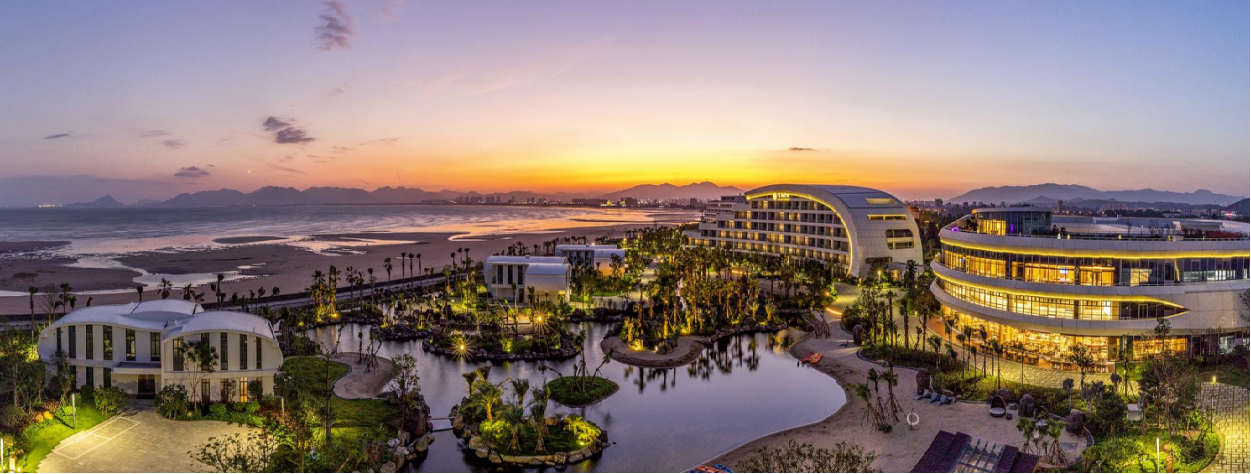
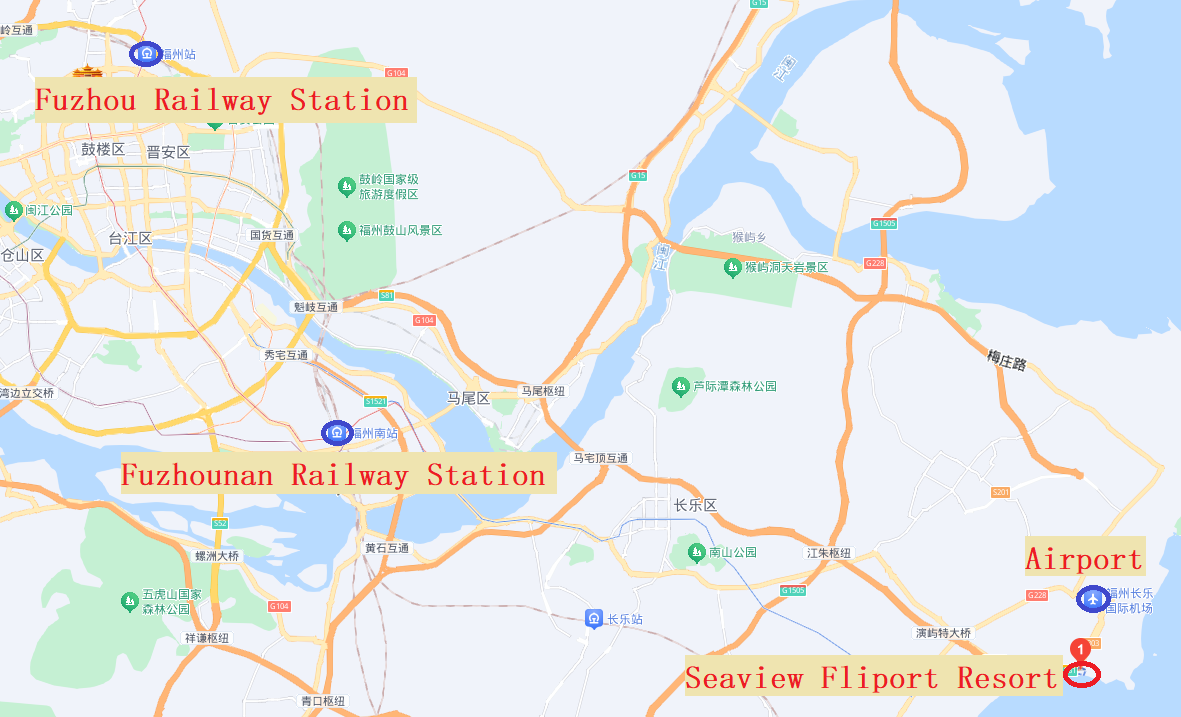
 往届回顾
往届回顾 联系方式
联系方式